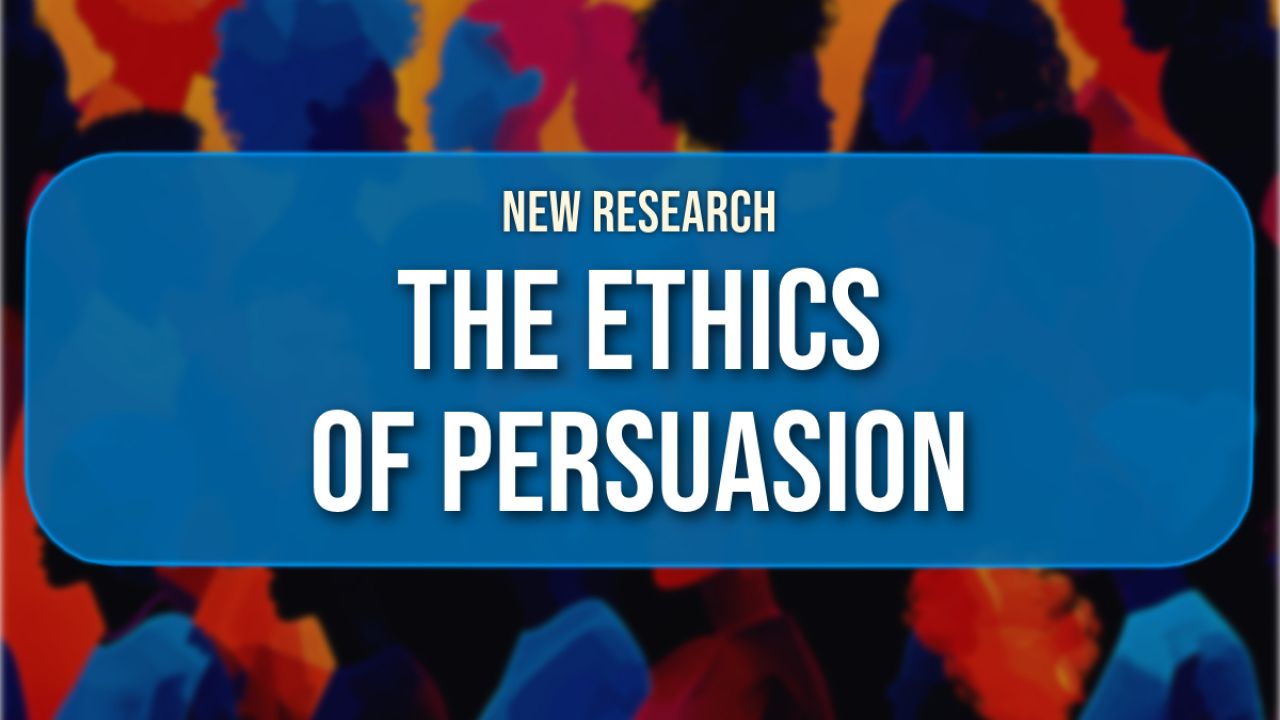March 25, 2025
What works (and what doesn’t) in bone marrow donation appeals

When it comes to recruiting bone marrow donors, storytelling is one of the most powerful tools available. However, new research analyzing posts on Instagram that discuss bone marrow donation reveals that not all narratives are equally effective. While pediatric cancer patients are often at the center of donor recruitment campaigns, their stories may not be the most engaging.
The study found that posts featuring adult patients generated twice the engagement of those featuring children. This could be due to audience discomfort with distressing content, social norms that make engaging with such stories feel inappropriate, or algorithmic factors that limit the visibility of emotionally heavy posts. Instead of relying on pediatric patient appeals, which can be ethically problematic, health communicators may find greater success by incorporating hopeful, resilience-based narratives that inspire action.
Another key finding from the study highlights the role of ethical persuasion in driving engagement. Researchers applied the TARES ethical framework, assessing truthfulness, authenticity, respect, equity, and social responsibility, to measure the ethical qualities of these donation appeals.
Among these, authenticity and respect emerged as the most influential in generating audience interaction. Posts that felt genuine and personal resonated most, while those that upheld patient dignity and privacy saw higher engagement.
In contrast, truthfulness, equity and social responsibility, though ethically essential, were often underutilized and did not independently drive engagement. This suggests that while accuracy and inclusivity are critical for ethical communication, better strategies are needed for portraying these concepts in practice.
Finally, one of the most surprising insights from the study was the lack of content about the actual donation process. Only 7.2% of posts addressed what it is like to donate bone marrow, yet posts that included this information significantly boosted engagement.
Many potential donors hesitate due to concerns about pain, safety, and logistics, and addressing these questions directly could ease anxieties and encourage more people to register. Communicating the donation experience in a way that balances transparency with encouragement may be an effective way to improve recruitment efforts.
To refine donor recruitment messaging, health communicators and strategic communication professionals should consider the following:
-
Shift focuses from distress to resilience by using hopeful, empowering narratives rather than sorrowful pleas.
-
Make the donor experience more visible to address concerns about the process and encourage sign-ups.
-
Prioritize authenticity and respect in storytelling, ensuring that narratives feel sincere and uphold patient dignity.
Ultimately, ethical persuasion is not just about telling compelling stories but about telling the right stories in the right way. By balancing emotional appeal with ethical storytelling principles, health campaigns can increase engagement, enhance donor recruitment, and ensure that patients’ dignity remains at the center of persuasive messaging.
For more information about this study, email O'Donnell at nicole.odonnell@wsu.edu. This project was supported by a 2023 Page/Johnson Legacy Scholar Grant from the Arthur W. Page Center.
